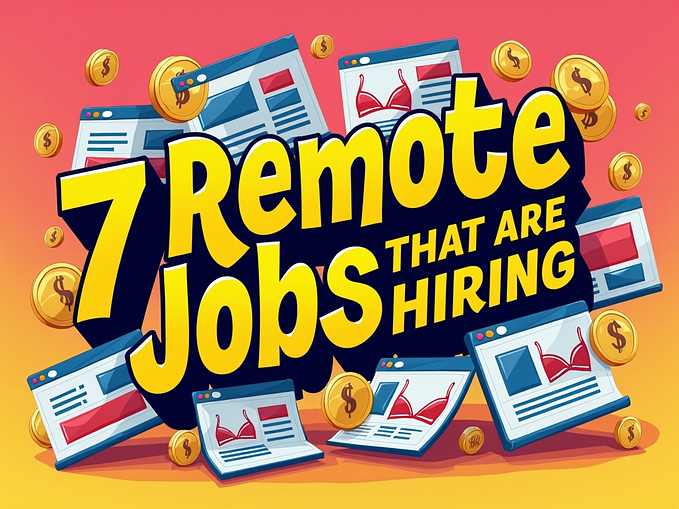How ‘The Princess Diaries’ Made Us Hate our Frizzy Hair
And how we’ve come to love it again

Just past the six-minute mark of Princess Diaries, Mia steps up onto the debate stage and a girl mocks: “What a frizzball. Look at her hair.” We’ve already seen Mia sat on; we’ve seen her imagine an unattainable kiss; we’ve seen her fall off her scooter and hit a garbage can. She’s been clumsy and invisible. But once her classmate mentions her hair, we learn what’s most important: she’s ugly. As she debates, the yellow and black podium sign blares her position: NEGATIVE.
When Paolo asks where the “beautiful girl” he’s meant to style is, and sees Mia, he shrieks. Then, when Paolo “fixes” Mia, her hair gives him the most trouble. She’s gritting her teeth in pain as he tries to brush through, and he’s gritting his teeth at the challenge — at her as a challenge. Later, using photos of her “before,” he even asserts that “only Paolo can take [the girl in these photos] and give” the Queen a princess. The message is clear: straight hair equals pretty. “Before” was unacceptable.
And look: I get it. To make Anne Hathaway appear “ugly” is no easy task, and for a makeover scene, the “before” had to be drastically different from “after.” But here’s a question: why can’t a princess have curly hair?
When I was younger, I nodded at the screen, but now the movie only reminds me, harshly, of an insecure adolescence. When I brought up Mia’s transformation on Twitter, other curly-haired girls chimed in; we swapped stories of straightening hair dead, focusing unbelievable energy on its exact shaping. We tried keratin; we tried sleeping with wet hair braided; we tried permanent techniques that damaged roots, then grew out broken. We untagged Facebook photos, sighed: “My hair looks bad in this.”
From middle school through mid-college, people recognized me from a distance because they saw long and big and thick brown hair. My thing was my hair. In a self-portrait photography assignment, I pulled all my hair in front of my face and grasped it, an image I until recently used on my website’s “About” page. Sometimes, straightening the curls would feel like a lie.
How’s the poufy-, curly-haired girl to win? Straightening hair is attempting to assimilate, become popular, lose personality; leaving hair curly invites ridicule. In Princess Diaries, Mia’s best friend Lilly accuses at her newly soft tresses, “You used to care more about what was inside your head instead of on it.” There are two options: straight hair framing the face of a social-climbing liar, or frizzy ringlets on the ugly, awkward freak.
Ask the frizzy-haired girls why we dressed as Hermione Granger for five Halloweens in a row. We saw a girl — one girl — with bushy hair and knew that that’s how she was meant to look (in the books, at least). Dressed as her, it was clear who we were meant to represent. Book Hermione was ours, always bushy, bucktoothed, never too cute. She tamed her hair for the Yule Ball with a potion, then told Harry, “it’s way too much bother to do every day.”

As I grew, I did see more curls that made me want to embrace my own. Regina Spektor had the hair and cherry-red lip I sometimes saw in the mirror when I was all made up, and knowing I might look like her was elevating. No one was trying to “fix” her. Alia Shawkat, in her early Arrested Development days (and now) had hair that made me root for her, follow her career, smile at her name on the screen. Years after Arrested Development, when Lorde rose to fame, she wielded a wild mane. I dressed up as her for Halloween and, with my deep part and curls, it was recognizable. She was someone with that hair who you would want to look like, who people loved.
For years (and still often today), TV and movies have mandated loose curls because they’re polished without being flashy, and they’re easier to keep consistent between takes. But enough of curly hair being too difficult — we’ve seen, albeit slowly, that feeling change. Broad City’s Ilana Glazer is a frizzy, curly, wild icon; I see in her my own Jewish New Yorker, my own untamed and happy hair. She’s cool and weird and sexy, and the hair fits.
“Even now, people think curls represent a joke, like, ‘She’s the wacky one!’ — which I don’t believe is always true, at least not for most people,” Glazer said in an interview with Allure. “It sucks that a hairstyle can become this universal symbol of who someone might be inside, as if it determines everything about them. But you’ve got to ignore that, find your own strengths, and love those instead.”

Curls, in their own way, are a rebellion; mine have become a pickup line, a point of interest. It’s no longer “I picked you out from a distance because your hair is recognizable.” Now, it’s “your hair is interesting and different, I’d like to get to know you.”
And sure, much of growing older is growing into your body and claiming its lines and shapes, so maybe it isn’t so novel that most of us have stopped straightening and damaging ourselves. By college or a little bit after, we frizzy folks grew: we cut our hair short and it changed shape. We found coconut oil or the right stylist or wore our manes proudly. We dressed our hair lovingly. We started wearing it and it stopped wearing us. Even when it was frizzy or big, we still carried our beauty with a bushy halo. Or, as Glazer said: “It’s all love [for my hair] now. I think my curls are dope, and I want to nourish them, not change them into something else.”








